Fish for tomorrow: How much do you know about the fish you eat? 🐠
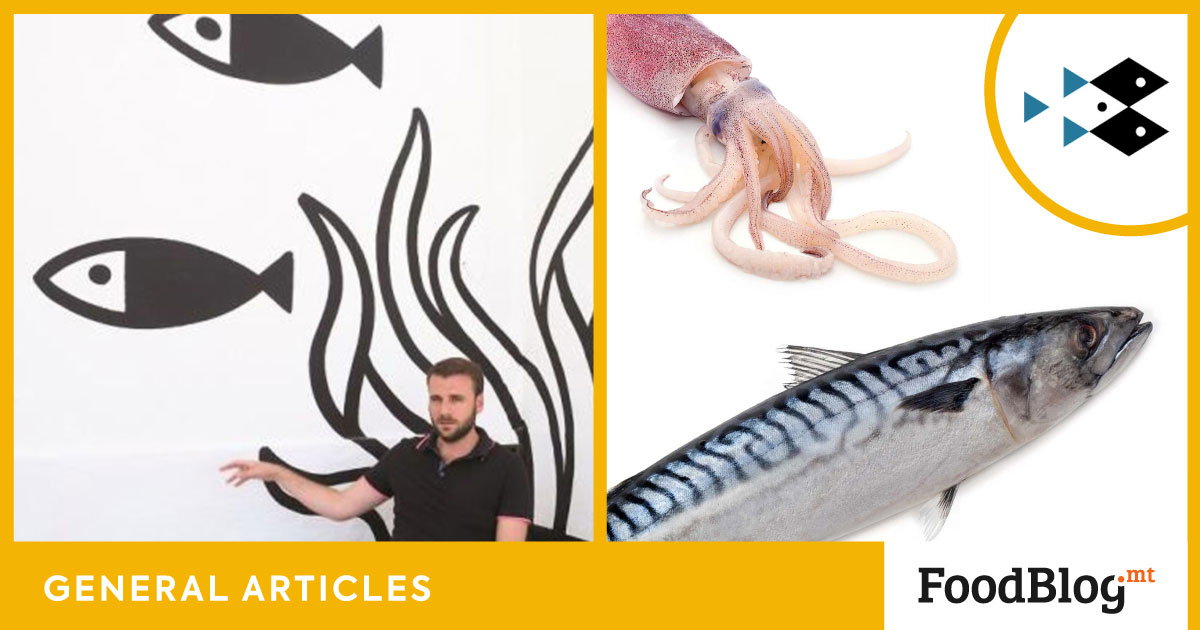
In recent months, we’ve seen the planet bloom. Mother Nature is happy again; her skies are clearer, air pollution levels are dropping and her seas are as clean as ever - all because we’ve had to control ourselves due to self-isolation or quarantine precautions. Who would have thought a couple of months of living with what we’ve got could give good old climate mitigation a head start?

fish for tomorrow: local NGO focused on sustainable fishing. | From: https://www.fishfortomorrow.com/
Well, the folks over at fish for tomorrow are pretty sure that protecting the seas and its species will give sea life a chance to thrive over the insane demands of the fishing industry. The ocean is our source of life; one way or another every living creature on this planet needs the ocean, its seas and fish will only thrive if the ocean is sustained. So it kind of makes sense that we understand how to treat our Med, right?
fish for tomorrow is a local NGO striving to create a culture of sustainable fishing to help improve the sea quality along our shores and beyond. Their battle is clear, their force of attack even simpler; fish for what’s sustainable, support small scale local fishermen and let nature guide you.
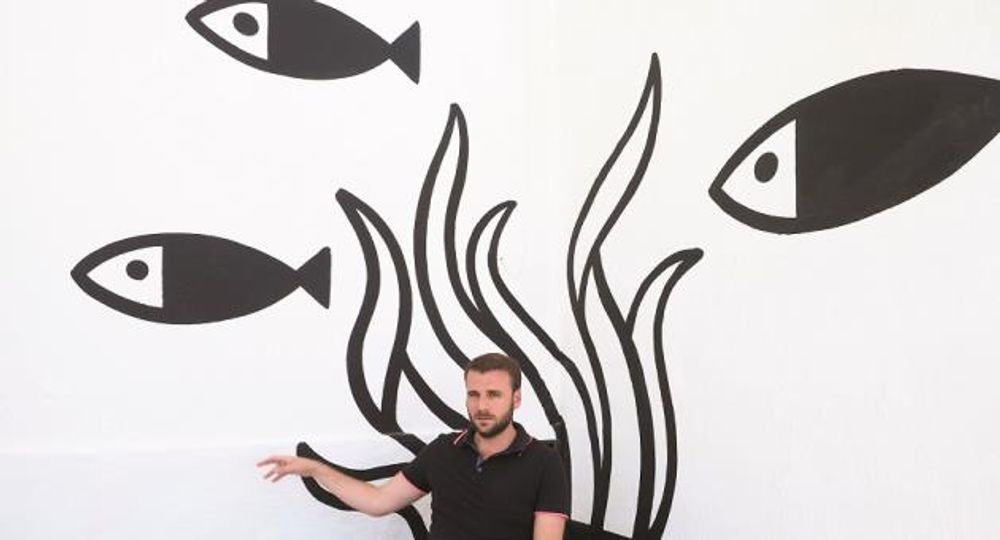
JD Farrugia, Director at fish for tomorrow. | From: https://www.independent.com.mt/
A recent chat with JD Farrugia, Director at fish for tomorrow, made it clear that;
“we’re not giving fish populations enough time to repopulate”
And this is mostly because of the massive demand we have for specific fish. We’re not listening to Mother Nature and following the seasons, we’ve got to get back to that.
The first step is education. Do we even know which fish we should be slapping onto the barbeque, and which we should be avoiding? Probably not, but the Quick Fish Guide could be our route towards following a sustainable diet.
JD explained that every fish hits the Guide for a specific reason, the primary aspect in safeguarding a species is understanding the fish population’s health status. Are there enough fish in the sea for us to keep hunting?
“When you think about it, fishing is one of the last forms of commercial-scale hunting done today. This makes it quite special but also particularly fragile meaning we need to be extra careful in the way we manage it.”
The second step - exposure. Aren’t you tired of seeing the same fish on every menu across the Maltese islands? There are only so many times meagre, mussels and tuna will take you on a culinary adventure, and it’s no surprise that local chefs need to get more adventurous with their restaurants’ fish options. But are they the only ones to ‘blame’ for our limited resto choices? The simple answer is no.
Consumers need to explore. Dive deep into different flavour profiles, textures and dishes to discover whether certain fish are going to rock their boat. If experimenting with new fish dishes in a restaurant is not really your gig, choose one of the sustainable options from fish for tomorrow’s A Guide to Fish videos and get creative in your own kitchen - why not? You might find a whole new love for a sustainably caught fish. And guess what… you’ll feel damn good about yourself too!
“A great fish to try, if you haven’t before, is the mackerel (kavall), it’s super sustainable since it’s so low in the food chain and a healthier option than say, tuna.”
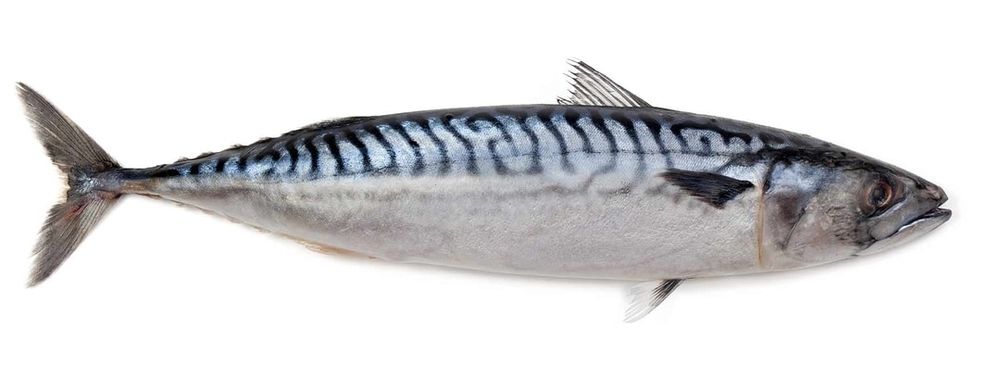
Atlantic Mackerel / Kavall / Scomber scombrus - high up on the sustainability list. | From: https://www.fishfortomorrow.com/quickfish/atlantic-mackerel
Choosing to eat mackerel over tuna is not only a more sustainable option, but it’s also a far healthier choice. Did you know that every step up on the underwater food chain increases the number of pollutants in the fish we’re eating? Let’s break it down to simpler terms:
Small fish eat seagrass. Seagrass contains X amount of mercury and other toxins. The small fish, for example, anchovy would now contain that X amount of toxins plus its original amount of toxins, let’s say XX. When a bigger fish, such as a mackerel eats the anchovy, it would be eating the seagrass toxins, X, and the anchovy’s toxins, XX. We keep on going further up the food chain to the big predator fish we consume as steak fish and end up with an insane amount of toxins in our food.
Understanding this 21st century farming madness, and the complexities of toxin transfer across the food chain should incline us to look for the lower impact protein sources whenever possible. JD also gives us three sustainable fish options to add to our diet, replacing farmed produce with local, seasonal and sustainable fish, fresh from the Mediterranean Sea.
“I would say that apart from Atlantic Mackerel, we should really go for Bogue (Vopa) and locally caught Squid (Klamar).”
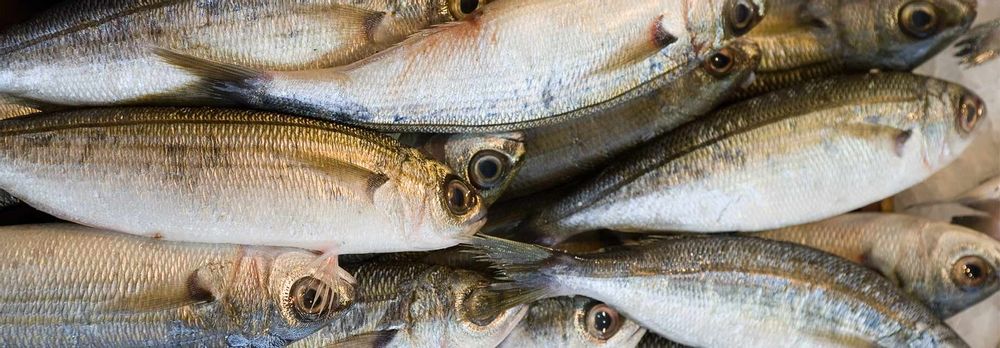
Bogue / Vopa / Boops boops - perfect for aljotta. | From: https://www.fishfortomorrow.com/quickfish/bogue

Squid / Klamar / Loligo vulgaris - try this deep fried, stuffed or grilled. | From: https://www.fishfortomorrow.com/quickfish/squid
The third and final step in your Quick Fish Guide to Sustainability… get your sustainable fresh fish orders delivered right to your door (#StayHomeStaySafe) and head to the kitchen to start trying out new dishes.
Learning how to respect the seas and all the life forms found beneath our waters will eventually give us a bounty of produce that is sustainable and just as beneficial, if not more so, to our health and palette. With fish for tomorrow guiding the way and setting the foundation for a safer, healthier and more sustainable underwater environment; all we have to do is look out for their events, update and support them whenever we can for cleaner seas and happier fish communities.

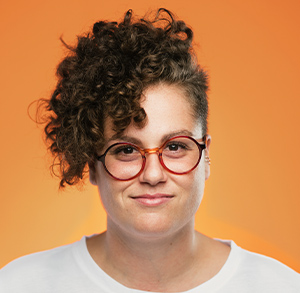
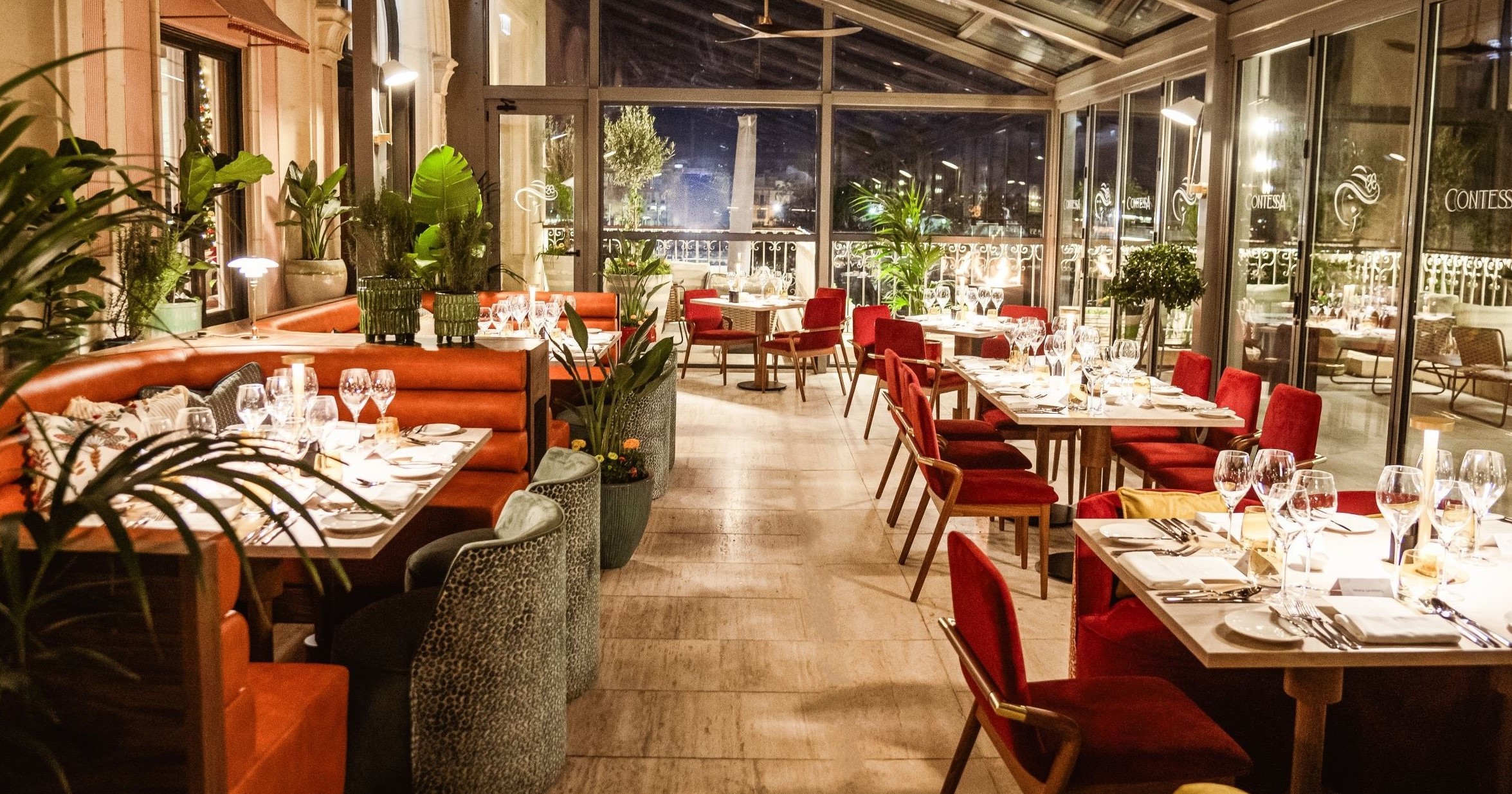
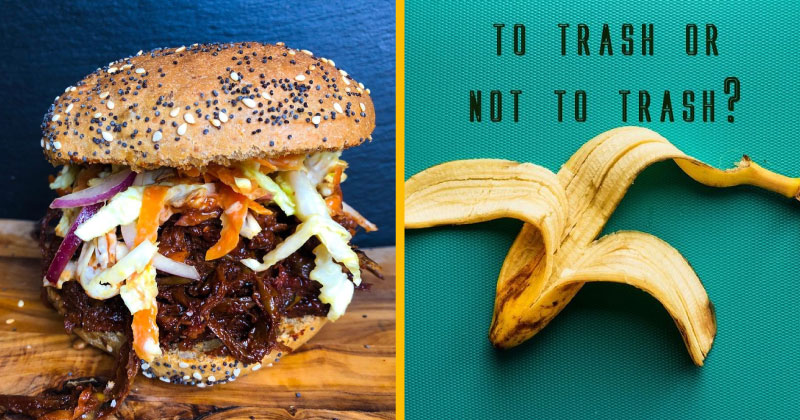
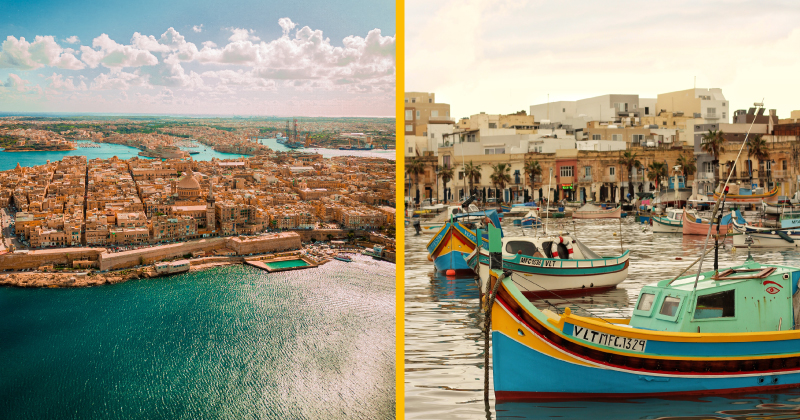
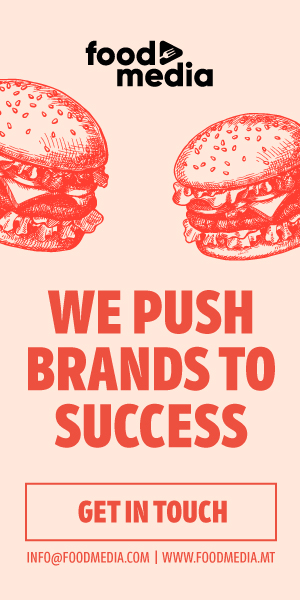
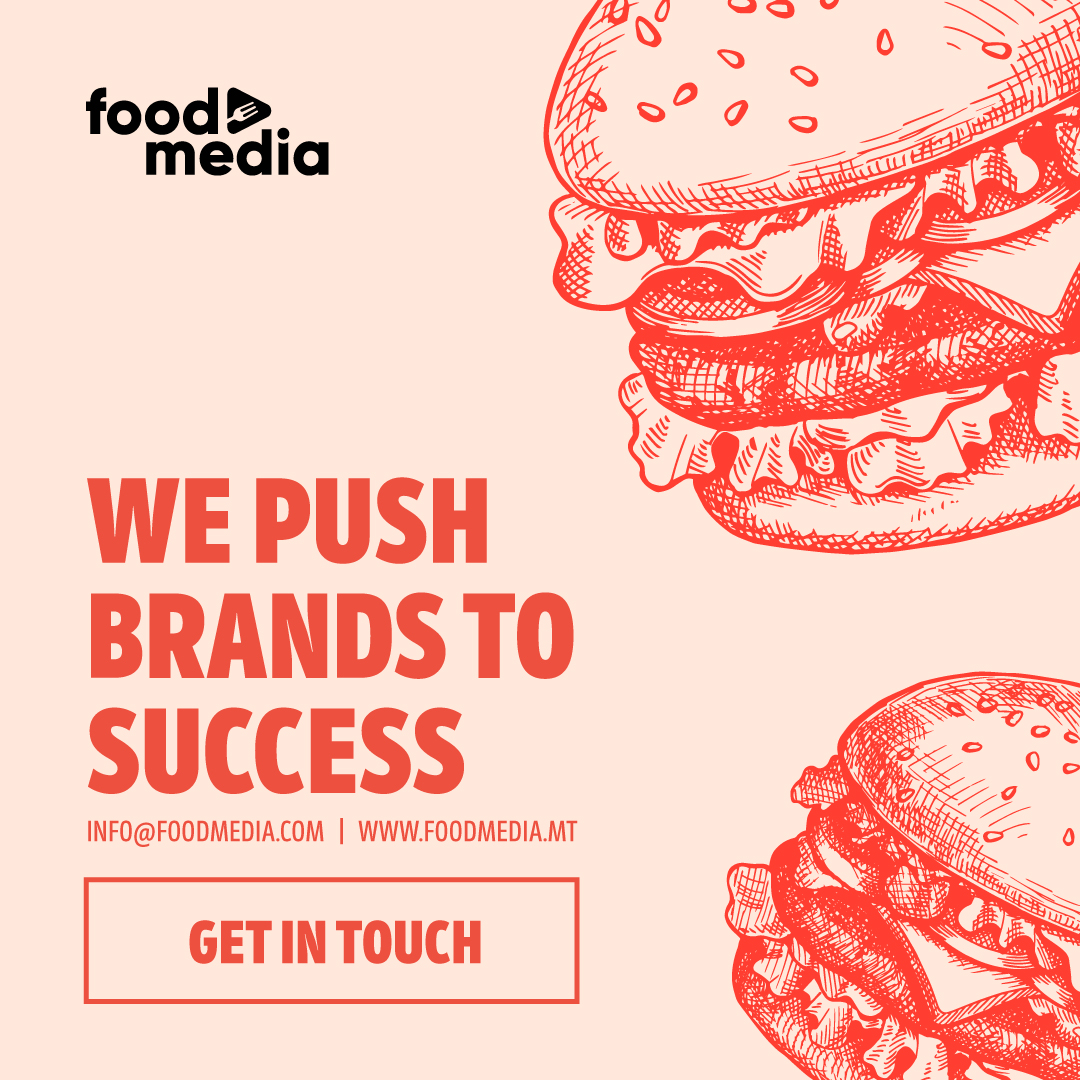


Comments